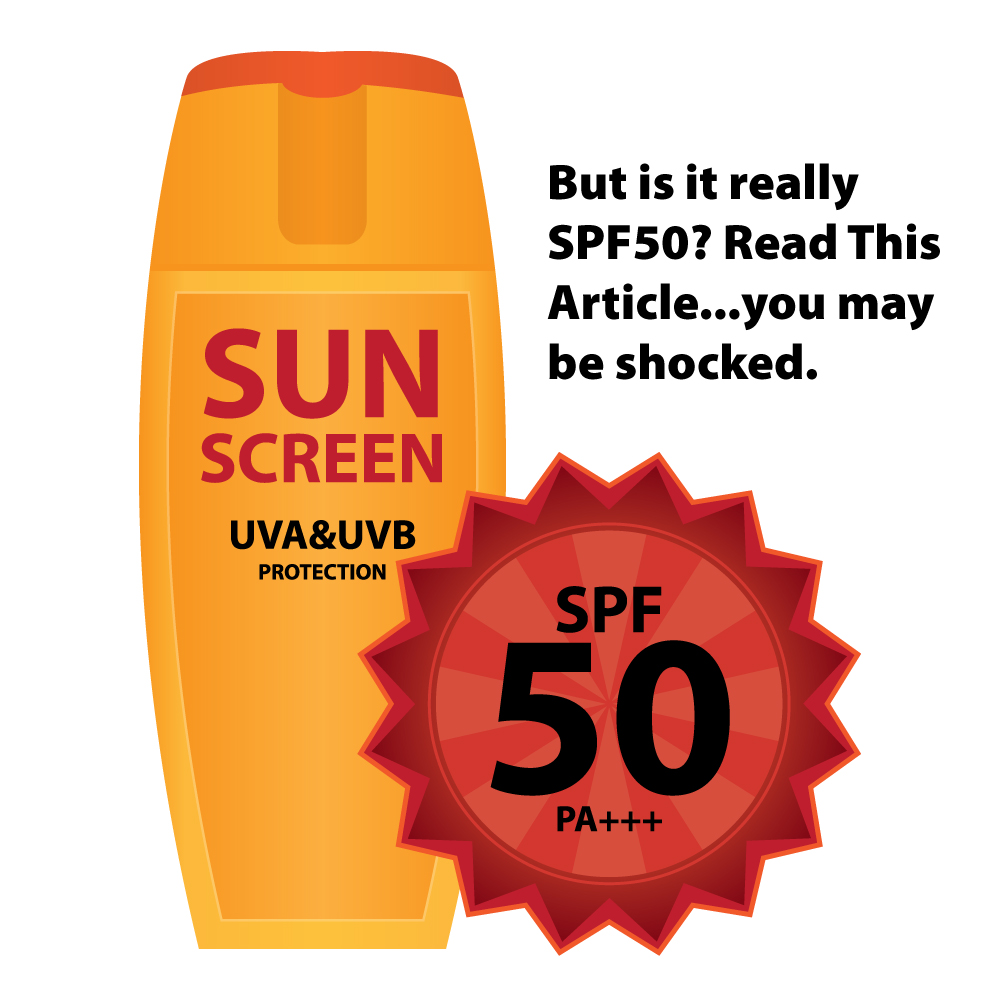Chemical sunscreens are proven to provide better protection
The summer season is almost here, much to the joy of schoolchildren everywhere. Summer brings a lot of fun activities: fishing, backyard grilling, picnics, family vacations, trips to the beach, and so on. Another feature of summer that most older people are familiar with is sunburn. In generations past, getting a sunburn was considered a normal rite of passage for enjoying the summer as a child, but the negative consequences of getting a sunburn are now well known. There are over 5.4 million cases of nonmelanoma skin cancer cases treated every year in the USA, and about 90% of nonmelanoma skin cancers are associated with exposure to UV rays from the sun. (1)
That is why experienced dermatologists, such as Dr. F. Victor Rueckl and Dr. James Q. Del Rosso of Lakes Dermatology in Las Vegas, have long recommended the use of sunscreen when going outdoors. Yet not all sunscreens are the same, as is evident by a recent study published by Consumer Reports.
Licensed medical professionals, such as Dr. James Q. Del Rosso of Lakes Dermatology, have told their patients to protect themselves from UVA and UVB rays by wearing clothing that covers the skin, limiting the time spent outdoors, wearing a wide-brimmed hat, and to use sunscreen when venturing outside.
Of course, not all sunscreens are created equal as there are different strengths, which are represented by the SPF (Sun Protection Factor) rating. The American Academy of Dermatology recommends that an individual use a sunscreen of SPF 30 or higher. (2) While one would think that the SPF rating was the sole factor in choosing an appropriate sunscreen, a lot of people have debated the merits of physical versus chemical sunscreens.
A physical sunscreen is one that uses ingredients such as zinc and titanium oxide and actually covers one’s skin. An example of a physical sunscreen can be seen in movies from the 1980s where a lifeguard was usually depicted with a white coating of sunscreen on their face. By contrast, a chemical sunscreen is absorbed into the upper layers of one’s skin. They do not have to physically be on one’s skin to block UVA and UVB rays.
It is somewhat disconcerting to learn that the Food and Drug Administration does not routinely test sunscreens. This is why the recent study by Consumer Reports has been closely followed by licensed dermatologists, such as Dr. F. Victor Rueckl of Lakes Dermatology in Las Vegas.
Over the course of four years, Consumer Reports tested 104 lotions, sprays, and sticks that had an SPF claim of 30 or higher. (3) What was found was very disturbing. Consumer Reports found that only 26% of physical sunscreens actually met their SPF claim after being tested. By comparison, 58% of chemical sunscreens met their advertised SPF rating. Such numbers were the average based upon all SPF ratings that were used in the test. The actual numbers for physical versus chemical sunscreens were far worse for SPF claims of 40 to 110. In that grouping, only 20% of physical sunscreens actually tested for their labeled SPF rating while a whopping 80% of chemical sunscreens accurately met their prescribed rating. (4)
Dr. F. Victor Rueckl of Lakes Dermatology notes of the Consumer Reports study, “The comprehensive study by Consumer Reports conclusively shows that chemical sunscreens are proven to provide better protection. I’ve always advocated the use of chemical sunscreens, specifically Person & Covey AVO. While this particular sunscreen has always been labeled as SPF 32, the study by Consumer Reports showed that it actually has a higher SPF rating of 35. The problem with physical (mineral) sunscreens is that they have to be applied like a paste to a person’s skin in order to match their laboratory rating. The problem is that people do not apply their sunscreen as a thick paste and keep such a coating on for the entire time that they’re exposed to UVA and UVB rays. A chemical sunscreen, by contrast, can be quickly applied and provide protection without needing to coat one’s skin like several thick layers of paint.”(5)
Dr. James Q. Del Rosso of Lakes Dermatology in Las Vegas concurs. He adds, “A lot of patients say that they prefer physical sunscreens because they contain natural ingredients. However, the manufacturers are not cramming zinc blocks found in the desert into their bottles of sunscreen, but what they are doing is actually using chemical versions of such natural minerals. The study by Consumer Reports shows conclusively that chemical sunscreens are remarkably better in providing protection as opposed to physical sunscreens. Of course, the best sunscreen that a person can use is one that they use every single day!” (6)
As one can see, not all sunscreens provide the same level of protection despite what their package says. Many experienced dermatologists, such as Dr. F. Victor Rueckl of Lakes Dermatology, are currently using the Consumer Reports study on sunscreen to educate their patients. The conclusive results of the study show that chemical sunscreens are proven to provide better protection against UVA and UVB rays in comparison to their physical counterparts.
References:
1) http://www.skincancer.org/skin-cancer- information/skin-cancer- facts#
2) https://www.aad.org/media/stats/prevention-and- care/sunscreen-faqs
3) http://www.womenshealthmag.com/beauty/natural-sunscreen- effectiveness
4) http://www.consumerreports.org/sunscreens/get-the- best-sun- protection/
5) Quote from Dr. F. Victor Rueckl, dermatologist at Lakes Dermatology
6) Quote from Dr. James Q. Del Rosso, dermatologist at Lakes Dermatology



